Passing Out Some Nifty Drunk Science Bookmarks At #acen For @picstar120 And His YouTube Meetup!!! Http://ift.tt/2rCZ6MK

Passing out some nifty Drunk Science bookmarks at #acen for @picstar120 and his YouTube meetup!!! http://ift.tt/2rCZ6MK
More Posts from Drunkscience4u and Others



Another Saturday morning comic!
This week’s entry: Meet Eris
http://www.space.com/28379-eris-dwarf-planet.html
http://www.universetoday.com/89901/pluto-or-eris-which-is-bigger/
https://www.facebook.com/drunkscience4u/videos/1416673815012163/
Anyone wanna hire Cylinder before we snatch them up for an unpaid internship? You have until March 4, when we air! CV available upon request.



For pedestrians, windy conditions can be uncomfortable or even downright dangerous. And while you might expect the buildings of an urban environment to protect people from the wind, that’s not always the case. The image above shows a simulation of ground-level wind conditions in Venice on a breezy day. While many areas, shown in blue and green, have lower wind speeds, there are a few areas, shown in red, where wind speeds are well above the day’s average. This enhancement often occurs in areas where buildings constrict airflow and funnel it together. The buildings create a form of the Venturi effect, where narrowing passages cause local pressure to drop, driving an increase in wind speed. Architects and urban designers are increasingly turning to numerical simulations and CFD to study these effects in urban environments and to search for ways to mitigate problems and keep pedestrians safe. (Image credits: CFD analysis - SimScale; pedestrians - Saltysalt, skolnv)
This post was sponsored by SimScale, the cloud-based simulation platform. SimScale offers a free Community plan for anyone interested in trying CFD, FEA and thermal simulations in their browser. Sign up for a free account here.
For information on FYFD’s sponsored post policy, click here.

Researchers have designed a new material that could completely revolutionize the way oil spills are cleaned up.
When the Deepwater Horizon spill happened in 2010, the cleanup presented an unexpected challenge. Millions of gallons of oil didn’t collect on the surface, where it could be skimmed off or burned, but instead was drifting through the ocean below the waves.
Scientists at the U.S. Department of Energy’s Argonne National Lab have invented a material that could prevent a similar situation in future spills.
The foam, called Oleo Sponge, can soak up 90 times its own weight in oil before it needs to be wrung out to be reused — and the oil can be recovered.
Continue Reading.
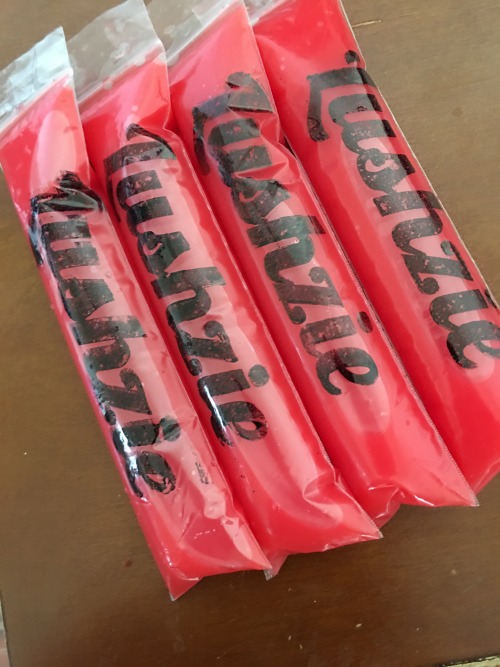
Hey Tumblr fam, I need some help
I created this anti-hangover popsicle, have tested the crap out of it, and yes it works amazing. My friends love it, but I’m struggling with sales. Just being honest here.
Anyway, if you get a chance please check out our website Lushzie.com I would love your feedback.
So for all my tumblr fam we are offering the popsicle that will literally end your hangovers for just $1 (to cover shipping) use code “TUMBLRFAM” at checkout.
The popsicle contains coconut water, electrolytes, and nutrients to protect your liver and help your body metabolize alcohol faster preventing a hangover.
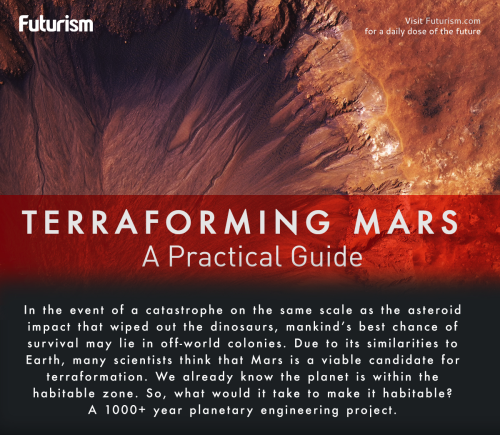
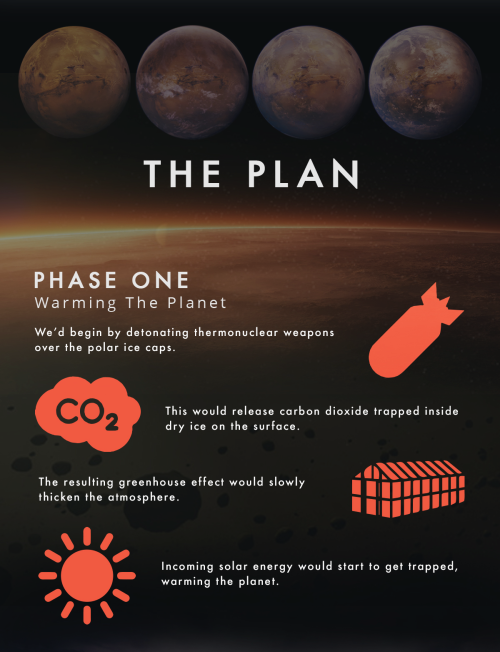

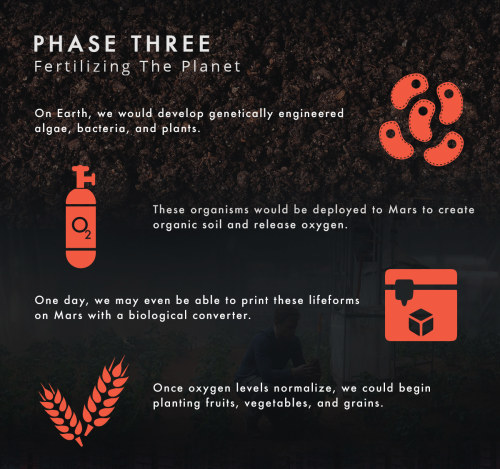
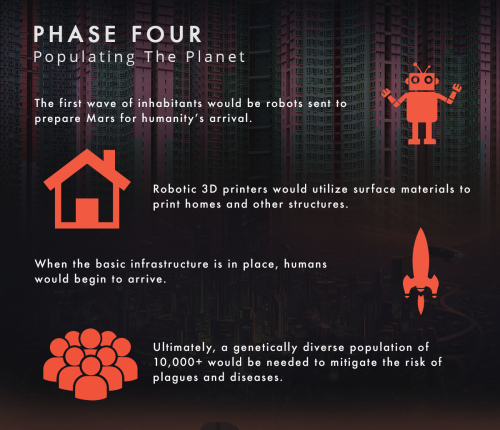
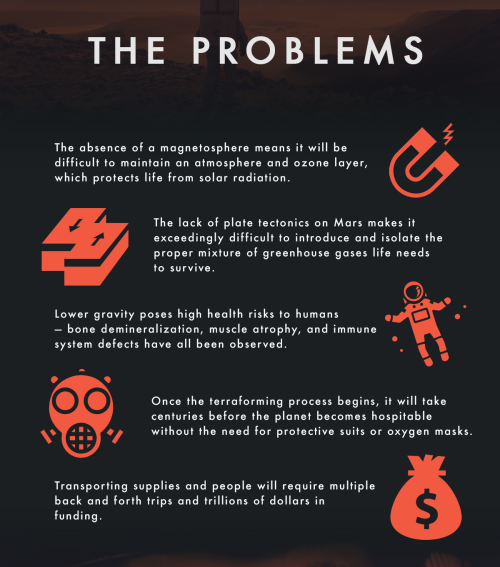

https://futurism.com/images/terraforming-mars-practical-guide
Full trailer up TODAY! Click on the link in our bio to watch! #stem #funny #youtube #badjokes #lab #wine #drinking http://ift.tt/2kXXIDw
-
 drunkscience4u reblogged this · 7 years ago
drunkscience4u reblogged this · 7 years ago
The official page of Drunk Science! An enthusiastic host performs simple experiments and then humorously explains the science behind the result, all while visibly drunk.
126 posts

